Wallaby Airlines remembered

On a cold, wet morning at RAAF Base Amberley, 35 Squadron Association members gathered to commemorate a significant event for the unit and Australia – the 60th anniversary of the deployment of RAAF Caribou aircraft to Vietnam.
CAPTION: Retired Caribou aviators and 35 Squadron Association members with a restored de Havilland DHC-4 Caribou at the RAAF Amberley Aviation Heritage Centre. Story by Flight Lieutenant Rob Hodgson. Photos by Sergeant Peter Borys.
The Caribou was a twin-engine short take-off and landing (STOL) tactical transport.
Its STOL performance, rugged construction and ability to lift useful payloads out of short, rough airstrips made it ideal for its primary role of supporting troops in the field.
First introduced into service in 1964, six aircraft in the initial batch flew directly from the manufacturer in Canada and into active service in Vietnam. It was designated the RAAF Transport Support Flight Vietnam and renamed 35 Squadron two years later.
Based out of Vung Tau and known as “Wallaby Airlines”, it was the first RAAF unit to serve in Vietnam and the last to withdraw in 1972.
During their Vietnam service, these Caribous carried more than 700,000 passengers and 41,300 tonnes of freight while logging 79,739 sorties and 47,000 flying hours.
This outstanding effort was a testament to the dedication of ground crews and their willingness to work very long hours to keep the aircraft operating, as well as the endurance of the aircrew – sometimes flying up to 10 sorties per day.
On August 15, 35 Squadron Association members got the chance to get up close and personal with one of their old Caribous at the Amberley Aviation Heritage Centre.
For the association’s members who flew and maintained the aircraft in Vietnam, it was an emotional reunion.
Former pilot William Baggett reflected on flying the Caribou in Vietnam.
“We were really the only aircraft that flew the whole country – we were everywhere,” Mr Baggett said.
“The tempo of flying was very high, and when we got back in the late afternoon our ground crews would have to work late into the night to keep the aircraft flying – it didn’t let up.”
The nature of the daily tasking involved a gamut of unusual loads being carried.
“If we were loading cattle and cabbages, we quickly learnt to keep them separated or there would be no cabbages left when we landed,” former loadmaster Aussie Pratt joked.
CAPTION: Flight Lieutenant Rob Hodgson (left), Public Affairs Officer No 464 Squadron, interviews retired Caribou Aviators Aussie Pratt (center) and William Baggett at the RAAF Amberley Aviation Heritage Centre.
The Caribou soldiered on with the RAAF until 2009 – largely due to the aircraft being almost irreplaceable due to its terrific STOL qualities.
It could be argued that the Caribou was Air Force’s most successful aircraft type based on the requirements.
The tour would not have been complete without visiting the current headquarters of the squadron, where the unit now flies the C-27J Spartan aircraft.
The Spartan’s role essentially mirrors that of the Caribou, providing the ADF with a modernised light tactical transport capability.
A recent example of the crucial role the C-27J plays for Australia and the region was delivery of humanitarian aid to the remote area of Wapenamanda in the Papua New Guinea highlands, which had been devastated by an enormous mudslide.
Its ability to provide this aid, using rough and ready airstrips in hard to reach locations, greatly assisted the response to the disaster.
Wing Commander Mark Seery welcomed the 35 Squadron Association members.
“No 35 Squadron is the home of Wallaby Airlines and it is truly our honour to welcome these former members back as we continue to follow the proud traditions of the aviators who came before,” Wing Commander Seery said.
CAPTION: Retired Caribou aviators sit inside a restored de Havilland DHC-4 Caribou.
.
.

.
.

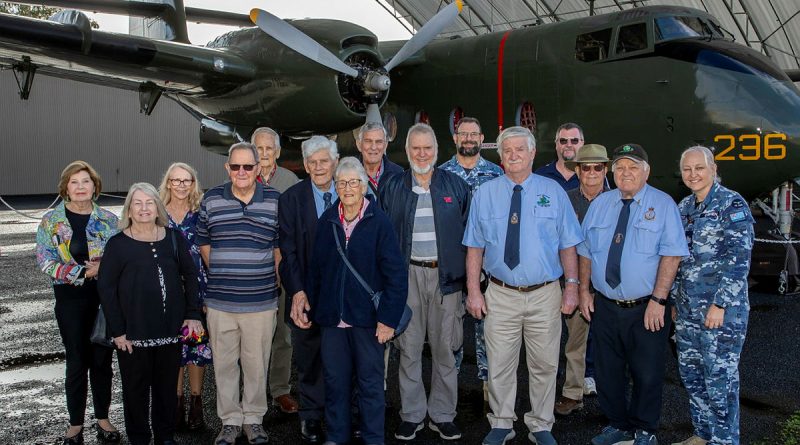

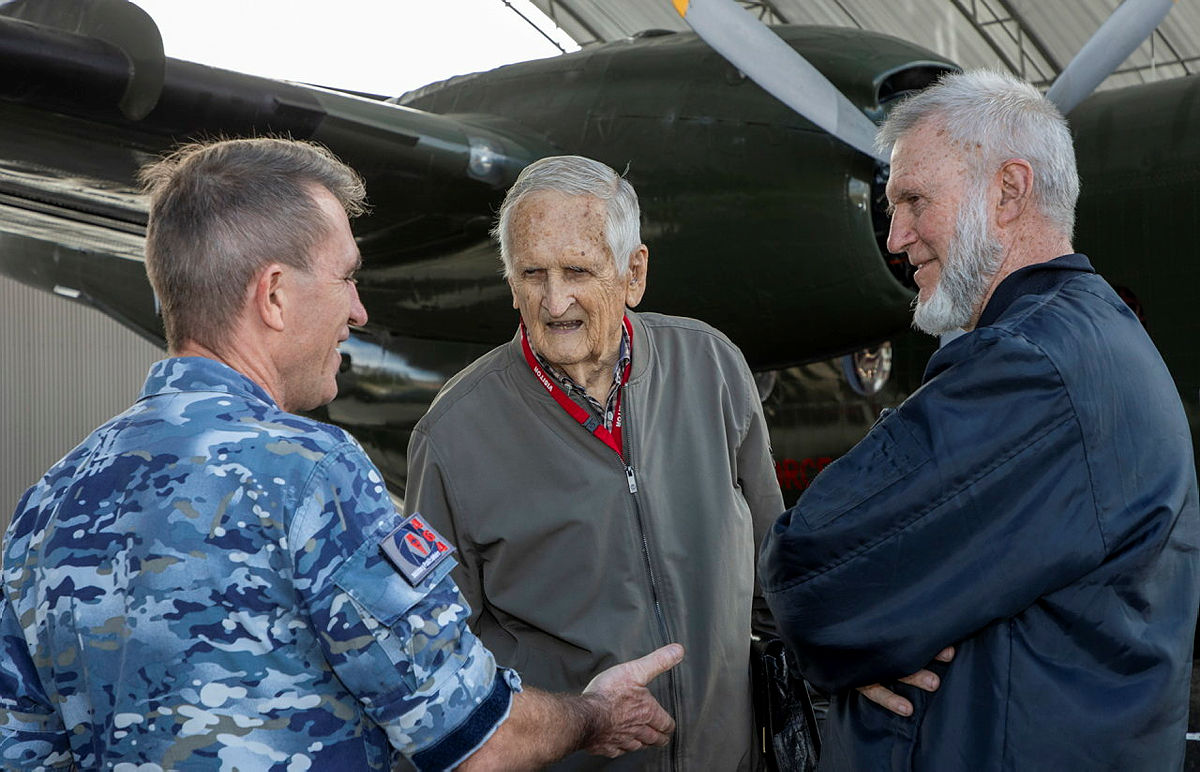
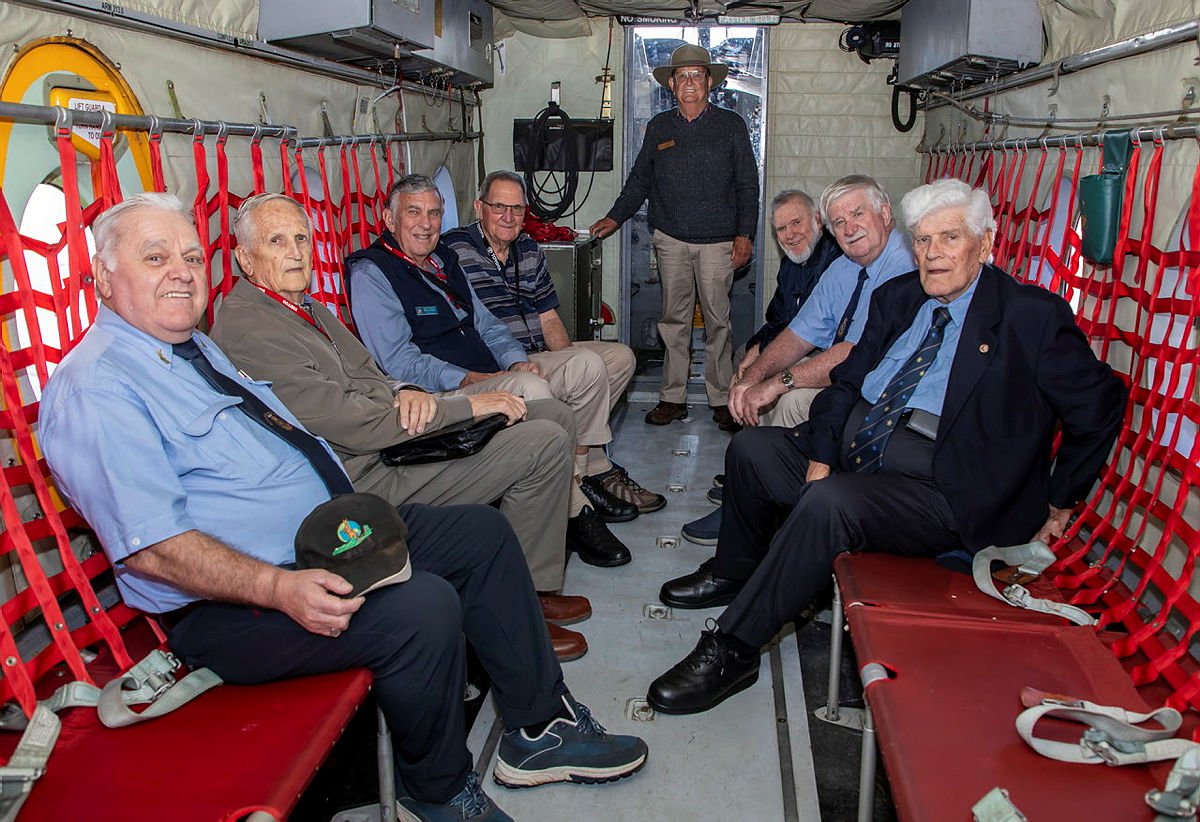
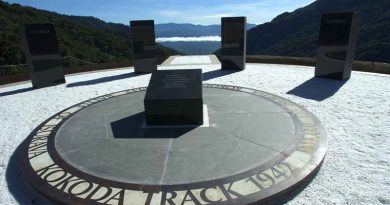
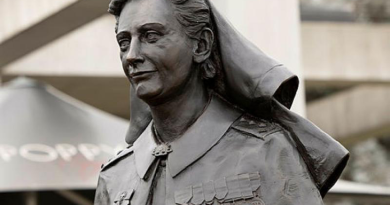
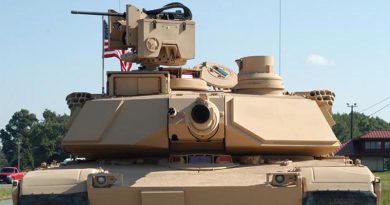
The Caribou force was almost killed by incompetence and culpably negligent attention to heavy maintenance by a contractor with “most favoured Defence contractor” status. We, at 38SQN were receiving aeroplanes out of that company’s facility after contracted heavy and detailed maintenance (E Servicing) THAT WERE NOT AIRWORTHY! I wrote to notify the engineering staff at Operational Command, RAAF of the problem as CO 38SQN. Then we began to receive properly maintained and AIRWORTHY aeroplanes. It was 1984. The Caribou soldiered on for another 25 years. I lost my career. Go figure.
Thanks guys , great effort.
Made me think of my great friend,who was there on the direct intake .
Ronald Hampson, curly, nickname.
Lots of stories about those days .
Cheers , to you guys and a great plane.
Jv